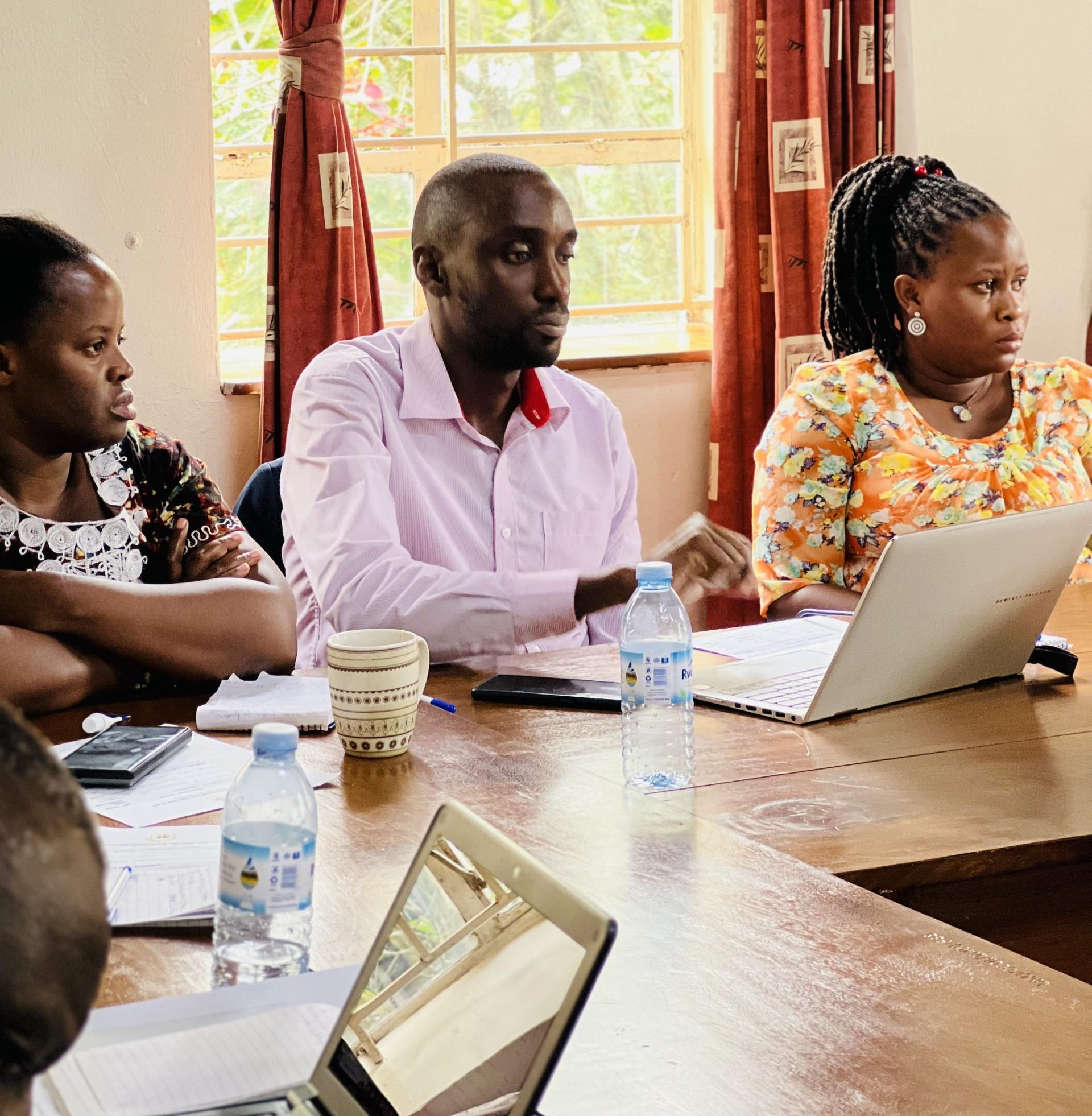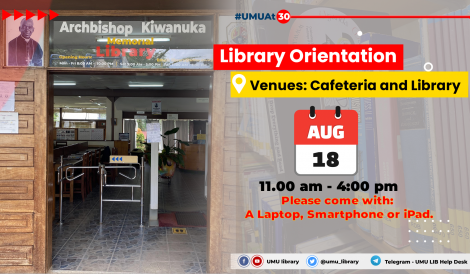Orientation programs for new university staff play a crucial role in ensuring a smooth transition and integration into the academic community. Among the various departments involved in the orientation process, the library team holds a unique and pivotal position. The library is the heart of academic life, serving as a hub of knowledge, research, and collaboration. An effective orientation led by the library team can provide new staff members with essential resources, tools, and support systems that are vital for their success.
The library is not merely a repository of books; it is a dynamic space that offers a wide range of services, from research support and information literacy training to access to digital resources and collaboration spaces. New staff, particularly those involved in teaching and research, need to be familiar with the library’s offerings to effectively utilize these resources in their work. An orientation program led by the library team helps new staff understand the breadth and depth of services available to them. It also introduces them to the library’s digital tools and databases, which are essential for both teaching and research purposes.
The library orientation program is typically comprehensive, covering various aspects of the library’s services and resources. Key components often include:
Introduction to Library Services: New staff members are introduced to the wide range of services offered by the library, including book lending, interlibrary loans, research consultations, and access to special collections. This helps them understand how to access and make the most of these services.
Digital Resources and Databases: In today’s digital age, access to electronic resources is crucial for academic success. The orientation includes training on how to use the library’s digital platforms, databases, and electronic journals, enabling new staff to navigate and utilize these resources efficiently.
Research Support and Information Literacy: The library team provides guidance on research methodologies, citation management tools, and how to stay current in one’s field. This segment of the orientation is particularly beneficial for new faculty members who will be engaging in research activities.
Collaboration and Support Services: The orientation highlights spaces and services that foster collaboration, such as group study rooms, multimedia labs, and support for using educational technology. This ensures that new staff can effectively collaborate with colleagues and students.
Networking Opportunities: The orientation also serves as an excellent networking opportunity, allowing new staff to meet and interact with librarians who can support their teaching and research endeavors. It fosters a sense of community and encourages future collaborations.




